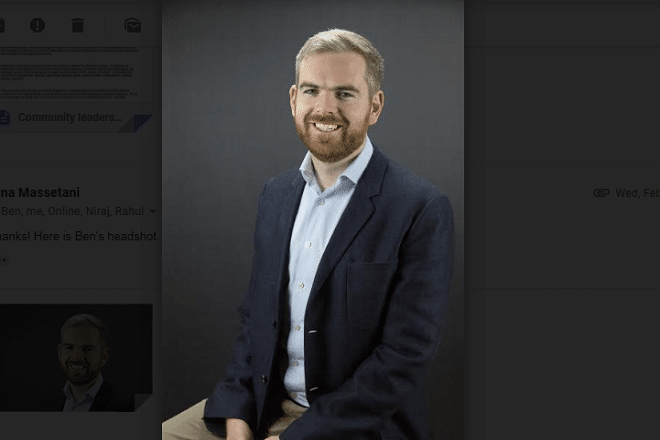Instaclustr is an open source Software-as-a-Service company. It operates an automated, management environment and provides databases, analytics, search and messaging. Its managed environment is delivered through cloud providers like AWS, Azure, and GCP.
Ben Bromhead, chief technology officer and co-founder at Instaclustr, in an exclusive interaction with Sreejani Bhattacharyya of OSFY, talks about the Apache Cassandra community and also discusses how to lead and manage a community. Here are some interesting excerpts from this conversation:
OSFY: How are you associated with the Apache Cassandra community?
BB: I have been involved in the Apache Cassandra community for well over seven years now. I began by first running and operating Apache Cassandra, and then set up a company that offered a managed Apache Cassandra capability on the public cloud. I had submitted a few patches at that time, but I now spend more time on the community functions rather than anything related to code.
OSFY: Do you take care of any specific module or project?
BB: Not particularly. However, the company has open sourced a number of tools and capabilities that make operating Cassandra in production much easier.
OSFY: What, according to you, are the must-have traits of a community leader?
BB: Patience and understanding. Everyone comes to an open source project from a different place, with a different perspective and different needs. What they do share is a desire to make the common shared software better. One thing I love about the Apache Foundation is the core principle of ‘community over code’. It allows those who work in the open source community to focus on driving outcomes while building a bigger user base and community around what they love.
OSFY: What are the leadership principles a community leader must follow?
BB: Leadership in an Apache project probably looks a little different to other projects and organisations. The core principle that any community leader in an Apache project must adhere to is the idea of consensus. You need to take along everyone on the journey and build consensus towards a decision. There are many ways of doing this, but at the end of the day, it’s the community’s decision.
OSFY: What are the strategies required to grow a community?
BB: Engagement. A responsive community, no matter how big or small is one that is alive. This is the first step to growing a community and is itself an engine of growth and not just a prerequisite.
OSFY: How did you grow the community you handle?
BB: We have been an active participant. We are not the primary engine of growth for the Cassandra community, but one element of it. We ran meetups, talked at conferences, contributed back and built an ecosystem around it. All these things go back to the community and build the level of engagement needed.
OSFY: What are the major challenges you have faced as a community leader?
BB: Navigating the different interests of other parties or their diverse reasons for being part of the community has been a challenge. These are not inherently bad things, but they do cause some miscommunication or differences of opinion and require (sometimes significant) effort to work through. However, I will say that an open source community with varied interests is a healthy one, despite any conflicts that may occur due to this!
OSFY: How do you motivate more and more people to contribute to a community?
BB: There are a few ways to do this, but I think making it exciting certainly helps. Working on cool stuff, talking about cool stuff, writing documentation for cool stuff is always a great way to entice people. Keep in mind that the definition of ‘cool stuff’ is different for everyone!
OSFY: How do you think community leadership has evolved over the years?
BB: I think the Apache Cassandra project has certainly become more consensus-driven, which is awesome. There has certainly been a drop in release velocity, but in return, we have greater engagement.
OSFY: What can be done to improve things further?
BB: I think having folks work on more of the behind-the-scenes stuff will help the Apache Cassandra project immensely. Things like coordination and management on a day-to-day basis will go a long way. It’s what we call ‘chopping wood and carrying water’!
OSFY: How can community leadership be improved in a country like India?
BB: This advice is not specific to India, but equally applicable. I recommend building a culture of corporate support for open source technologies. Allowing contributors to work on a project during corporate hours (sponsored work) is great for the community, great for business and great for an employee’s career!
OSFY: What essential lessons have you learnt by being in your position of leadership?
BB: Leadership never looks like it does in the movies. Especially in a consensus-driven open source project!












































































